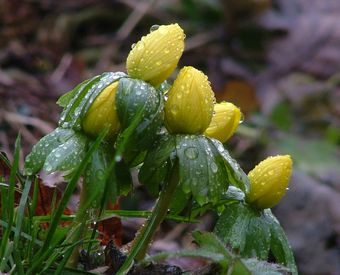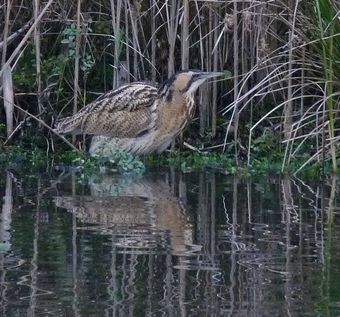Pruning at the Orchard
We have just about completed the winter pruning at Bowling Park Community Orchard now. When we first had some tuition from Peter Blackburn-Maze he talked about remembering what was done to teach tree each year. I couldn't understand how - but realise with a sounder understanding of the pruning principles it is easier to recall what was done last year. However I thought a timely blog entry now may help us remember what we were thinking when we come to do the task next winter.
Pruning is a good time to have a real good look at the trees and it doesn't take long to notice the different growing tendancies of the trees. The Allington Pippin has many lateral branches creating a dense, spiky tree, not dis-similar to a blackthorn, where as Arther Turner is still intent on 'his' vigorous upright growth with barely a side branch to be seen (we have pruned to encourage branching). Last autumn a lot of our fruit was picked by others - not people voluneering to manage the orchard through the rest of the year - so in that sense it is a benefit to have fruit produced where you need a ladder to pick it.I still have a lot to learn about this pruning business but actually realised that I felt a little more confident at times this winter, however I am still making some less than text book decisions I am sure. We still have some young trees that require formative pruning, whilst others are older and we concentrated on removing crossing, damaged and diseased branches and reducing the inward growing laterals. I need to keep an eye on these as I don't know what the effect will be. I also want to explore further the idea of some summer pruning to restrict the growth of parts of the larger trees. The Kidd's Orange Red is suffering with a canker on the main trunk where it branches. There is some strong growth from below the infection so we decided to remove one of the branches at the infected point and used a knife to clean up as best we could. We wonder if we need to remove the other branch emerging at this point too - but there is still healthy bark serving it and we do not know how much infection the tree will cope with as it grows older (it was planted 7 years ago). So we will watch and learn. Peasgood Nonsuch has some canker as well - I was not brave enough to attempt a bridge graft last year...maybe sometime. In the meantime we are trying to encouage more growth towards Anne and Bob's plot as it is leaning significantly towards our path. We continued with the plan Martin instigated last year and removed another small branch from the heavy side. One of the cuts from last year as produced 3 strong shoots - we guess these shouldn't be left but as we weren't quite sure what to do we left them for now.Egremont Russet, Blenheim Orange and Discovery didn't have much done, whilst the Ribston Pippin had some lower shoots removed - the one's that drag in the grass. Fortune has suffered from shading on the south side so I removed some of the hedge and will do more when we are at the orchard with the bees volunteers. Belle de Boskoop is growing very well - but we wondered if one of the branches is becoming a bit too dominate as a central leader and will need checking - something to think about in the future. Winston had a significant break which we were reluctant to remove completlely due to the effect this would have on the tree as a whole - so removed what we could and cleaned it up. Lord Lambourne also had a broken branch. This had been taped but I hadn't realised - just thought it was left over from a sign at Apple Day so removed the tape. We cut the loose branced and left a small, clean wound that we hope will heal. That's all I can really remember now - expect we really must make a descision about the keswick Codling Arch or not arch so we can prune accordingly. A couple of branches of the larger tree have been broken - i think because they are in the way of the path so have been damaged accidently. All in all the orchard is looking good. It will be seven yars since our opening ceremony on March 26th (I think) - isn't there a saying 'show me the boy of 7 and will show you the man'. I think thatfeels very fitting - the orchrad feels like it isa real place now, well established and we can look to the future. pip pip.


